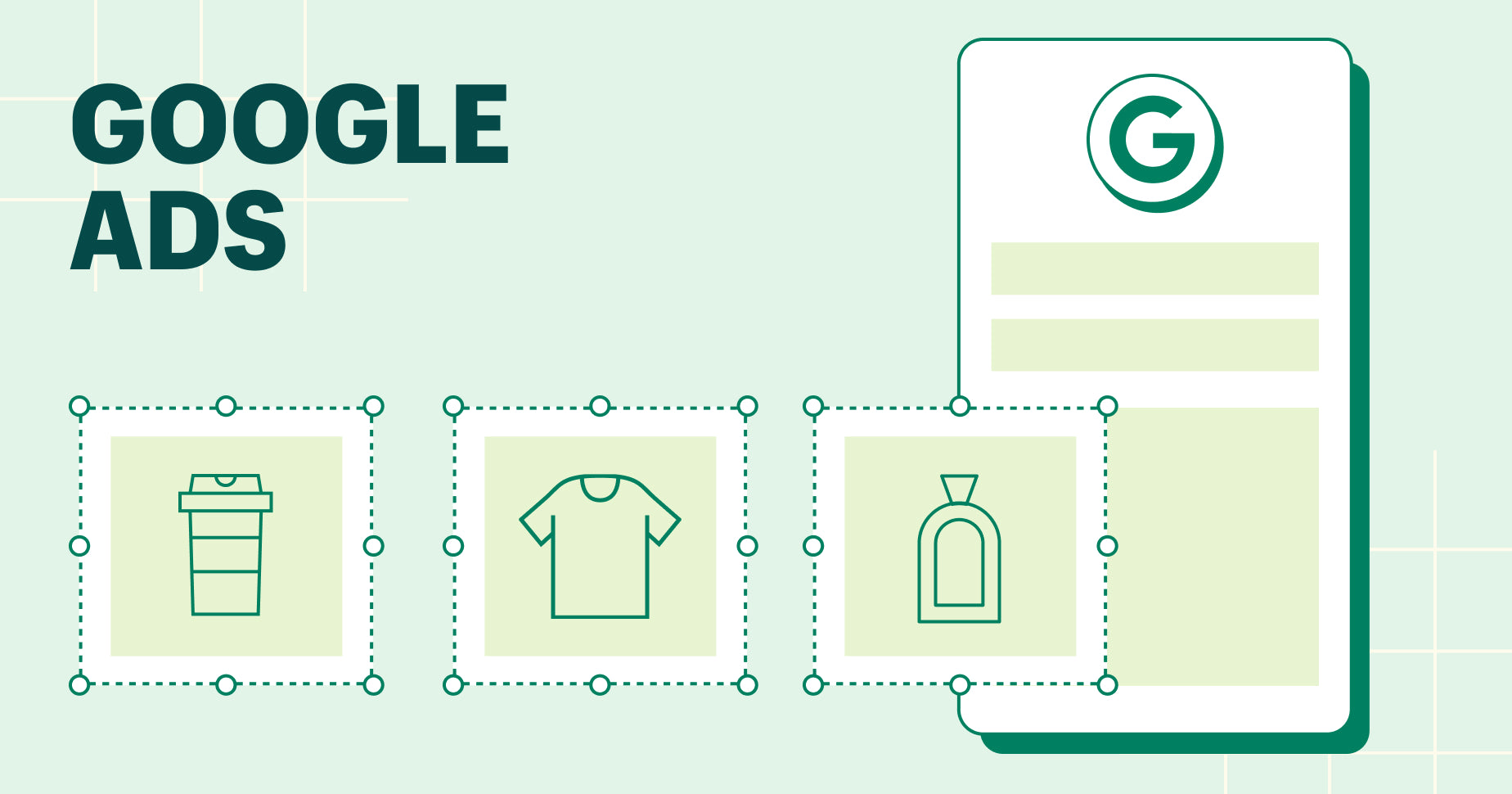Maximizing ROI: Understanding Google Advertising Campaign Pricing

Google advertising is a powerful tool that businesses can use to reach their target audience and drive conversions. However, understanding Google advertising campaign pricing is crucial to maximizing return on investment (ROI). In this article, we will delve into the various factors that influence Google advertising campaign pricing and provide tips on how to optimize your campaigns for maximum ROI.
The Basics of Google Advertising Campaign Pricing
Google advertising uses a pay-per-click (PPC) model, where advertisers only pay when a user clicks on their ad. The cost per click (CPC) is determined through a bidding system, where advertisers bid on keywords relevant to their business. The bid amount, along with ad quality score and other factors, determines the ad rank and placement on the search engine results page (SERP).
Factors that Influence Google Advertising Campaign Pricing
- Keyword competitiveness: Popular keywords with high search volume tend to have higher CPC prices due to increased competition.
- Quality Score: Google assigns a quality score to each ad based on relevance, landing page experience, and other factors. Ads with higher quality scores may have lower CPC prices and better placements.
- Ad position: Ads that appear at the top of the SERP typically have higher CPC prices compared to ads at the bottom of the page.
- Device targeting: CPC prices may vary based on the device targeted, with mobile often being more expensive than desktop.
- Ad format: Different ad formats, such as text ads, display ads, and video ads, have varying CPC prices.
Optimizing Google Advertising Campaigns for Maximum ROI
Set Clear Goals and KPIs
Before launching a Google advertising campaign, it's essential to define your goals and key performance indicators (KPIs) to measure success. Whether it's generating leads, increasing sales, or driving website traffic, having clear objectives will help you optimize your campaigns effectively.
Keyword Research and Selection
Conduct thorough keyword research to identify relevant keywords with high search volume and lower competition. Focus on long-tail keywords that are specific to your business to attract more qualified leads at a lower CPC price.
Continuous Monitoring and Optimization
Regularly monitor your Google advertising campaigns to track performance metrics and identify areas for improvement. Make data-driven decisions to optimize ad copy, landing pages, and targeting to maximize ROI.
A/B Testing
Utilize A/B testing to compare different ad variations and determine which ones perform best. Test different headlines, calls-to-action, and images to improve click-through rates and conversion rates.
Ad Extensions
Take advantage of ad extensions to provide additional information to users and improve ad visibility. Extensions like sitelinks, callouts, and structured snippets can enhance your ad's performance and increase click-through rates.
Location and Demographic Targeting
Utilize Google's targeting options to reach specific locations and demographics relevant to your business. By narrowing down your audience, you can improve ad relevance and reduce CPC prices.
Remarketing Campaigns
Implement remarketing campaigns to target users who have previously visited your website but did not convert. By retargeting these users with tailored ads, you can increase conversion rates and maximize ROI.
Budget Management
Set realistic budgets for your Google advertising campaigns based on your goals and expected ROI. Monitor your budget closely and adjust bids and targeting to ensure you are getting the most out of your investment.
Conclusion
Understanding Google advertising campaign pricing is essential for maximizing ROI and achieving your business objectives. By considering factors such as keyword competitiveness, quality score, and ad position, and implementing optimization strategies like keyword research, A/B testing, and remarketing campaigns, you can create cost-effective and high-performing Google advertising campaigns. Continuously monitor and adjust your campaigns to ensure they are delivering the best results and driving conversions for your business.